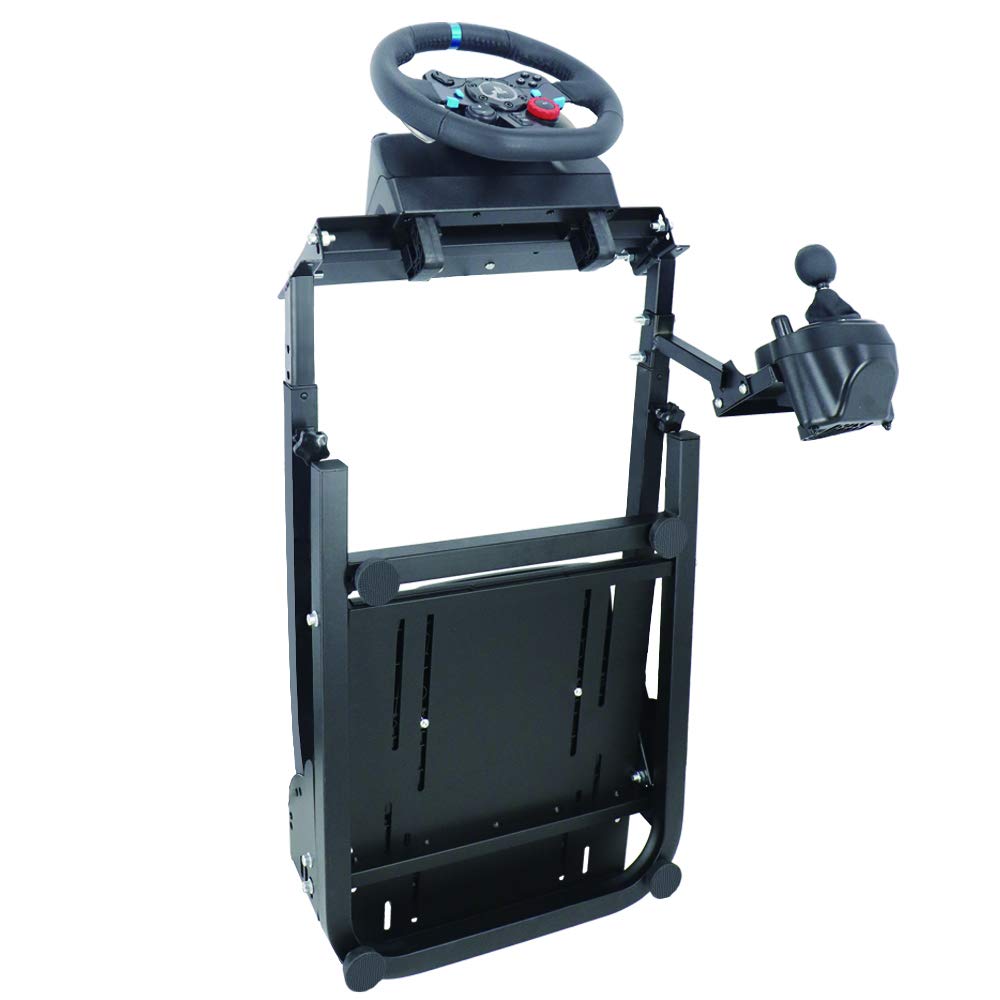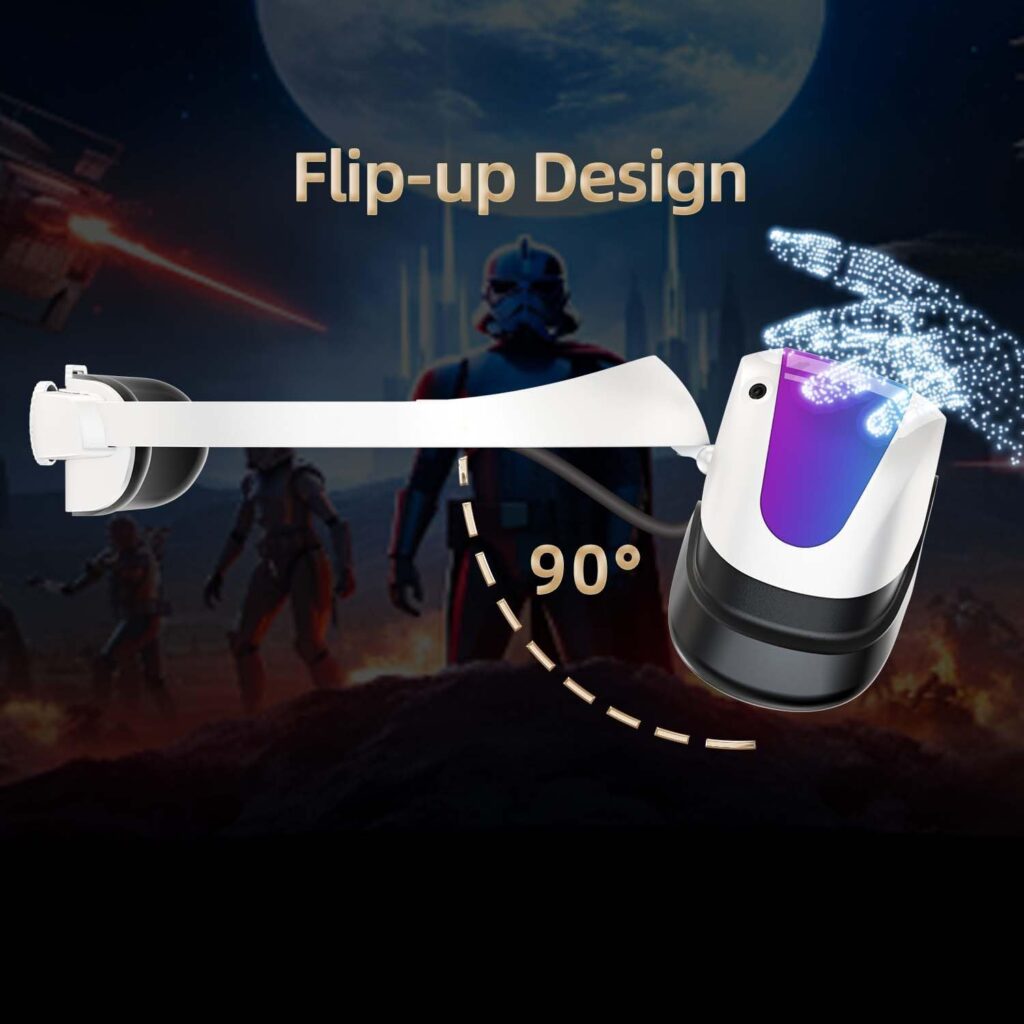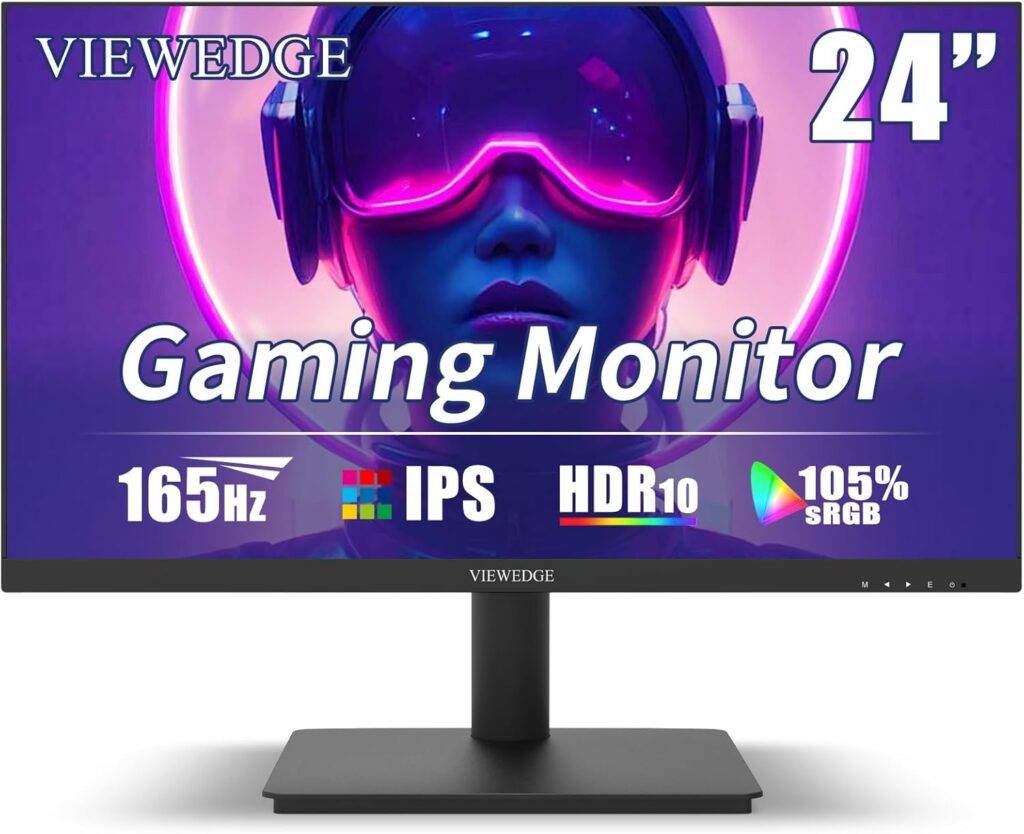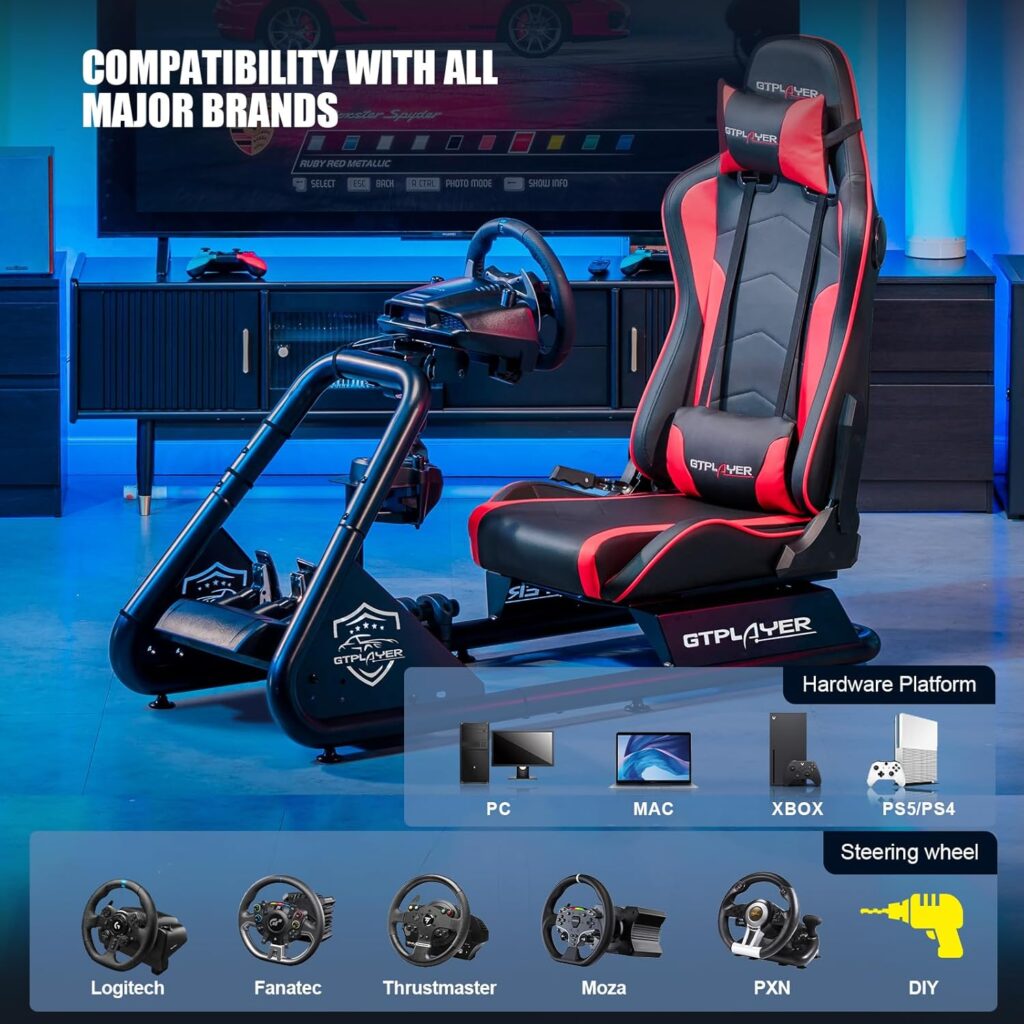When it comes to long virtual races, your tires are more than just rubber on the road—they are the unsung heroes that can make or break your performance.
As you navigate the twists and turns of virtual circuits, the way you manage your tires can be the key to maintaining consistent speed and control.
But how exactly do you master the art of tire management?
Well, buckle up and get ready to discover the secrets behind maximizing tire performance, because in this discussion, we will unveil the strategies that will give you the edge you need to conquer virtual tracks like a pro.
Key Takeaways
- Smooth driving technique to minimize tire stress and heat generation
- Proper tire pressure for optimal wear, responsiveness, stability, and grip
- Monitoring tire wear and adjusting pressures based on driving style and track conditions
- Choosing the right tire compound for performance and durability
Smooth Driving Technique
To optimize tire performance in virtual races, it's crucial to master the art of smooth driving technique. Smooth driving technique plays a vital role in minimizing tire stress and heat generation. By gradually applying throttle and brake, you can improve grip and extend the longevity of your tires. Additionally, smooth steering through corners reduces tire wear and enhances overall performance.
When you drive smoothly, you enhance the grip of your tires, allowing them to maintain optimal contact with the virtual racetrack. This increased grip translates into improved acceleration and braking performance. By avoiding sudden and aggressive inputs, you reduce the likelihood of tire slip and minimize the generation of excessive heat, which can lead to premature tire wear and decreased performance.
Learning from professional sim racers is an excellent way to improve your smooth driving technique. These experienced drivers have honed their skills over countless hours of practice and competition. By studying their techniques and incorporating them into your own driving style, you can refine your approach and achieve smoother, more controlled movements on the virtual track.
Proper Tire Pressure
To ensure optimal performance and longevity of your tires, it's essential to maintain an optimal pressure range.
Monitoring tire wear is crucial in determining the ideal pressure for your virtual race.
Optimal Pressure Range
The optimal pressure range for tires is a critical factor that directly impacts performance and longevity. Proper tire pressure is essential for achieving optimal tire wear. It affects responsiveness, stability, and grip, which are all crucial for virtual racing.
Higher tire pressures provide better stability and responsiveness, allowing for precise control during intense maneuvers. However, higher pressures can lead to increased tire wear, especially if the track surface is rough or abrasive.
On the other hand, lower pressures enhance grip, allowing tires to conform to the track surface and maximize traction. However, lower pressures can cause excessive tire wear if not properly managed.
To find the ideal balance for your driving style and track conditions, it's important to experiment with different pressures and adjust them based on your observations. This will help maximize performance and minimize tire wear throughout long virtual races.
Monitoring Tire Wear
Regularly monitoring tire pressure is essential for maintaining optimal grip, performance, and tire longevity during virtual races. Proper tire pressure management is crucial in preventing excessive tire wear and ensuring consistent lap times. By monitoring tire wear, you can assess the health and performance of your tires, allowing you to make necessary adjustments and optimize your racing experience. One way to monitor tire wear is by keeping track of tire pressure. Adjusting tire pressures based on driving style and track conditions can maximize tire longevity and performance. Experimenting with different tire pressures will help you find the optimal balance between responsiveness and stability. By maintaining tire temperatures within the recommended range, you can prevent premature tire wear and ensure a smooth and efficient virtual racing experience.
| Tire Wear Monitoring | |||
|---|---|---|---|
| Aspect | Importance | Procedure | Recommended |
| Frequency | |||
| Tire Pressure | High | Regularly check | Before every |
| tire pressure | virtual race | ||
| Tread Depth | Medium | Measure tread | Every 5 races |
| depth | or as needed | ||
| Uneven Wear | Medium | Inspect tire | Every 10 races |
| for uneven wear | or as needed |
Tire Temperature Control
Maintaining optimal tire temperature is essential for consistent performance and longevity, ensuring your tires deliver peak racing performance. Tire temperature control plays a crucial role in preventing uneven wear and loss of grip.
To achieve this, here are three key strategies to consider:
- Adjust your driving style: Aggressive driving, such as hard braking and rapid acceleration, can generate excessive heat and cause the tires to overheat. Smooth and controlled inputs will help regulate tire temperature and maintain optimal performance.
- Monitor tire pressures: Proper tire pressure is vital for controlling tire temperature. Underinflated tires can lead to increased heat buildup, while overinflated tires can cause excessive wear in the center of the tread. Regularly check and adjust your tire pressures to ensure they're within the manufacturer's recommended range.
- Utilize tire temperature sensors: Monitoring tire temperature during a race allows you to make real-time adjustments to maximize grip and minimize wear. Install tire temperature sensors on each tire to gather accurate data and make informed decisions regarding tire pressure adjustments or driving style modifications.
Tire Compound Selection
When it comes to tire compound selection in virtual races, you need to consider the trade-off between performance and durability.
Softer compounds offer more grip but wear out faster, while harder compounds sacrifice some grip for increased durability.
Analyzing the track conditions and weather is crucial in making informed decisions, as these factors can greatly affect tire performance.
Finding the right balance between grip and longevity is key for achieving optimal race performance and strategy.
Performance Vs Durability
Selecting the appropriate tire compound requires a careful consideration of the balance between performance and durability. When it comes to tire management in virtual races, finding the right balance is crucial for success.
Here are three key factors to consider when choosing a tire compound:
- Grip: Softer tire compounds offer better grip, allowing for faster lap times and improved handling. However, they tend to wear out more quickly, requiring more frequent pit stops for tire changes.
- Durability: Harder tire compounds are more durable and can withstand longer distances without significant wear. While they may sacrifice some grip, they offer the advantage of fewer pit stops and reduced tire management throughout the race.
- Track conditions: The choice of tire compound should also take into account the specific track conditions. Factors such as temperature, surface roughness, and the presence of rain or debris can influence the performance and durability of different tire compounds.
Track Conditions and Weather
Consideration of track conditions and weather is essential when selecting the appropriate tire compound for optimal performance in virtual races.
The track conditions, such as temperature, grip level, and surface type, play a crucial role in determining the ideal tire compound. Different tire compounds offer varying levels of grip and durability, allowing drivers to adapt to changing track conditions.
Softer compounds provide more grip and are suitable for cooler track conditions, while harder compounds offer better durability and are ideal for hotter track conditions. By understanding the track conditions, drivers can make informed decisions about tire compound selection, maximizing their performance during virtual races.
It's important to note that choosing the right tire compound is crucial for achieving optimal performance in varying weather and track conditions.
Consistent Practice
Consistently practicing virtual races is essential for developing a deep understanding of tire wear and grip levels on different tracks and race lengths. To truly master tire management, you need to spend dedicated time practicing on a regular basis.
Here are three reasons why consistent practice is crucial:
- Tire behavior: Regular practice sessions help you develop a feel for how tires respond to inputs. The more you practice, the better you become at understanding the nuances of tire wear and grip levels. This understanding allows you to fine-tune your driving technique based on tire behavior, maximizing performance while minimizing tire degradation.
- Learning from experts: Consistent practice provides opportunities to learn from professional sim racers. Observing their driving techniques and tire management skills can significantly improve your own performance. By studying their smoothness and precision, you can develop a better sense of how to manage your tires effectively.
- Adapting and evolving: Effective tire management comes from learning from mistakes and adjusting your driving style accordingly. Consistent practice allows you to identify areas for improvement and experiment with different strategies. By continually practicing, you can refine your skills, adapt to various race conditions, and evolve as a more proficient virtual racer.
Qualifying and Race Strategy
To effectively apply your tire management skills, it's crucial to develop a well-thought-out qualifying and race strategy.
Your performance in qualifying can greatly impact your starting position and ultimately determine your success during the race. One key aspect to consider is the tire compound selection. Analyzing track conditions, weather, and the expected duration of the race will help you make an informed decision.
Opting for a softer compound may provide better grip and performance in the short term, but it may degrade faster, requiring more pit stops. On the other hand, a harder compound may last longer but could compromise your overall pace. Finding the right balance is essential.
Another important factor is the tire pressure. Adjusting the pressure can greatly influence the tire's grip and handling. Higher pressures can increase responsiveness but reduce traction, while lower pressures can enhance grip but may increase tire wear.
Developing a race strategy involves analyzing your competitors, track characteristics, and your own strengths and weaknesses. Consider factors such as fuel consumption, tire wear, and potential overtaking opportunities.
Balancing aggression with tire preservation is crucial, as pushing too hard too soon can lead to excessive wear and compromised performance later in the race.
Pit Stop Planning
When it comes to pit stop planning in virtual races, timing is crucial. You need to strategically determine the optimal moment to make a pit stop, considering factors such as tire wear and fuel consumption.
Additionally, choosing the right tire change strategy can significantly impact your performance on the track. By carefully analyzing track conditions, tire degradation, and real-time race variables, you can develop a well-calculated pit stop plan that maximizes your chances of success.
Pit Stop Timing
Effective pit stop planning requires careful consideration of tire wear, track conditions, and real-time race dynamics to determine the optimal timing for pit stops.
To ensure a successful pit stop timing strategy, you need to:
- Monitor tire temperature and wear levels: By closely monitoring tire conditions, you can identify the ideal moment to pit and replace worn tires. This helps prevent unexpected tire degradation during the race.
- Balance track position and tire performance: There's a trade-off between staying out longer for better track position and pitting early to maintain tire performance. Analyzing the current race dynamics and competitors' strategies can help you make the right decision.
- Adapt to real-time race conditions: Pit stop timing should be adjusted based on changing race conditions. Keeping an eye on the strategies of your competitors and the overall race dynamics can give you a competitive edge.
Tire Change Strategies
As you consider tire change strategies for pit stop planning, it is crucial to analyze tire wear, race length, and track conditions to minimize off-track time and maintain consistent performance throughout the race. By monitoring tire wear and adjusting pit stop plans accordingly, you can ensure that your tires maintain optimal performance for as long as possible. Factors such as track temperature and tire compound selection also play a role in determining when to change tires. Utilizing telemetry data and monitoring tire temperature can help you determine the optimal timing for pit stops.
To help visualize the different tire change strategies, consider the following table:
| Strategy | Description |
|---|---|
| Regular | Change all four tires at regular intervals to maintain consistent performance throughout the race. |
| Two-Tire Change | Change only two tires during pit stops, alternating between front and rear tires, to minimize off-track time. This strategy is effective when tire wear is not evenly distributed. |
| Four-Tire Change | Change all four tires during every pit stop to ensure maximum grip and performance. This strategy is typically used when tire wear is high or when track conditions change significantly. |
| No Change | Opt to not change tires during pit stops, relying on tire management and strategy to maintain performance. This strategy can be risky, as worn tires may lead to decreased grip and slower lap times, but it can also provide an advantage in certain situations. |
Consider these tire change strategies when planning your pit stops, balancing the trade-off between making additional pit stops for fresh tires and maximizing track time for overall race position. Remember to continually assess tire wear and track conditions to make informed decisions throughout the race.
Adjusting Driving Style
To optimize tire performance and extend their lifespan, it's crucial to adjust your driving style by implementing smooth throttle and brake application techniques. By doing so, you can minimize tire stress and wear, ensuring better grip and longevity throughout your virtual race.
Here are three key strategies to help you adjust your driving style and maximize tire performance:
- Smooth Throttle Control: Gradually apply throttle to avoid sudden bursts of acceleration, which can cause excessive tire spin and wear. Maintaining a consistent and controlled throttle input will help maintain traction and minimize tire stress.
- Gentle Braking: Instead of slamming on the brakes, gradually apply pressure to the pedal to slow down before corners. This technique helps distribute the braking force evenly across the tires, reducing the risk of lock-ups and excessive tire wear.
- Maintain Optimal Tire Pressure: Find the right balance of tire pressure that offers both responsiveness and stability. Higher pressures can provide better responsiveness, but may sacrifice grip. Lower pressures can enhance grip but may affect stability. Experiment with different pressure settings to find the optimal balance for your virtual race.
Track Awareness
Adjusting your driving style by implementing smooth throttle and brake application techniques is not the only factor to consider for tire management in virtual races; track awareness is also crucial. Being aware of the track conditions and making necessary adjustments can significantly impact tire performance and degradation. Constantly monitoring the track for debris, rubber buildup, and changing grip levels is essential. By adjusting your driving line to avoid areas with excessive tire wear or reduced grip, you can optimize tire longevity and performance. It is also important to be aware of the track temperature and its impact on tire behavior. Anticipating changes in the track surface and adjusting your driving style accordingly can help minimize tire stress. Moreover, utilizing feedback from other drivers and race engineers can provide valuable insights into the current track conditions. To provide a visual representation of these ideas, the following table summarizes the key aspects of track awareness:
| Track Awareness |
|---|
| Monitor track conditions for debris, rubber buildup, and changing grip levels |
| Adjust driving line to avoid areas with excessive tire wear or reduced grip |
| Be aware of track temperature and its impact on tire performance and degradation |
| Anticipate changes in track surface and adjust driving style to minimize tire stress |
| Utilize feedback from other drivers and race engineers to stay informed about track conditions |
Iracing Events
Effective tire management in iRacing Events requires careful monitoring of tire pressure, temperature, and the selection of appropriate tire compounds. Sim racing on the iRacing platform demands a high level of precision and skill when it comes to tire management strategies for long virtual races. Here are three key considerations for maximizing tire performance in iRacing Events:
- Track Surface:
The type of track surface can greatly impact tire wear and grip. Different surfaces, such as asphalt or concrete, have distinct characteristics that affect tire behavior. Understanding the track surface and adjusting tire pressures accordingly can help optimize performance and minimize wear.
- Tire Pressure:
Monitoring tire pressure is crucial for maintaining optimal grip and preventing excessive wear. Proper inflation ensures the tire maintains the desired contact patch with the track surface, providing the necessary traction for cornering, braking, and accelerating. Regularly checking and adjusting tire pressure based on track conditions is essential for consistent performance.
- Tire Compounds:
iRacing Events often offer a variety of tire compounds to choose from. Each compound has different characteristics, such as grip level and durability. Selecting the right tire compound based on the track surface and race conditions is essential for achieving the desired balance between grip and longevity.
Frequently Asked Questions
How Do You Save Tires While Racing?
To save tires while racing, you need to pay attention to tire pressure.
Maintaining the right pressure is crucial for optimal performance and longevity.
By keeping the tire pressure at the recommended level, you can prevent excessive wear and tear, as well as improve grip and handling.
Regularly check and adjust the tire pressure before and during the race to ensure maximum efficiency.
This simple but essential step will help you conserve your tires and enhance your racing experience.
How Do You Manage Tire Wear?
To effectively manage tire wear, start by optimizing tire pressures. Ensuring proper inflation levels will enhance performance and increase responsiveness.
Additionally, focus on smooth driving techniques to minimize stress on the tires and improve grip.
Monitoring tire temperature and keeping it within the recommended range is crucial for tire longevity.
Lastly, selecting the right tire compound based on track conditions and race series will enhance grip and reduce wear.
Consistent practice sessions will further improve your tire management skills.
Why Do Race Car Tires Wear Out so Fast?
Race car tires wear out so fast due to the high friction between the tires and the track surface. This friction causes rapid wear and tear, impacting tire longevity. Factors like driving techniques, tire pressure, temperature, and compound selection play a crucial role in managing tire wear.
To maximize tire longevity in endurance racing, it's important to focus on smooth driving, proper tire pressure, and consistent practice. By implementing these tips and tricks, you can effectively manage tire wear and ensure optimal performance throughout the race.
Conclusion
In conclusion, tire management is a critical aspect of long virtual races. Employing effective strategies can greatly impact performance and overall success.
For example, in a case study, a professional sim racer consistently maintained smooth driving techniques and monitored tire temperature to optimize grip and minimize wear. As a result, they were able to maintain consistent lap times and secure a podium finish.
By implementing these tire management strategies, racers can improve their chances of success in virtual races.




